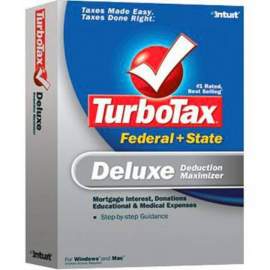
A Look at the Energy STAR Program

Energy STAR is a government-backed program which, among other functions and services, provides federal energy tax credits to people who comply with the standards for energy efficiency established and enforced through the program.
The Energy STAR federal energy tax credit and other aspects of the program are oriented toward encouraging responsible behavior from industry and eliciting freely proffered cooperation with the government's rules. Businesspeople, inventors and builders interested in the financial advantages to be derived from federal energy tax credits would be well advised to comply with the Energy STAR set of standards.
This source for federal energy tax credits was first established in 1992 by the Environmental Protection Agency (EPA) of the United States, and at this point applied solely to American industrial and technological activity. The Energy STAR program existed at that point as a part of a larger package of programs all aimed at the issue of power plants' impact on the environment and general rates of energy consumption, and was not necessarily conceived of primarily or even tangentially as a way for providing federal energy tax credits.
The capability of the program to offer things like a federal energy tax credit, however, came though the basic setup of Energy STAR, which was to newly classify items offered in the commercial and industrial marketplaces. The labels placed on items in this classification procedure measure the extent to which the product in question complies with the standards which the Energy STAR program assumes as its basic principles. Federal energy tax credits and other kinds of incentives are administered by the section of the EPA with responsibility for Energy STAR, which estimates that in this way compliant products use energy at a rate that is between twenty to thirty percent less than the Energy STAR standard.
As another yardstick of the extent of the program's success, the Energy STAR administrators have asserted that twelve percent of the American residences constructed in 2006 fell under the standards established by the Energy STAR program. After initially being administered strictly in the American marketplace, the Energy STAR program has also been adopted by several other countries, such as Japan, Taiwan, Canada, and Australia, and by the European Union.
When the Energy STAR program was introduced in 1992, it applied to computers and computer-related items, and as of yet did not provide any kind of federal energy tax credit. After three years the program's scope was initially expanded, and newly created the ability to deliver a federal energy tax credit. After this point, it could also apply to environmental control systems for buildings.
The builders of new residences could also be covered under the Energy STAR standards. The Energy STAR program's purview had again been much expanded by 2006, with over 40,000 classifications having been created by that time by the administering agency for the enforcement of energy compliance in assorted products. At this time, the federal energy tax credit mainly applied to the air-conditioning and heating systems in homes.
NEXT: Application of Tax Credits and Difference from Deductions





















